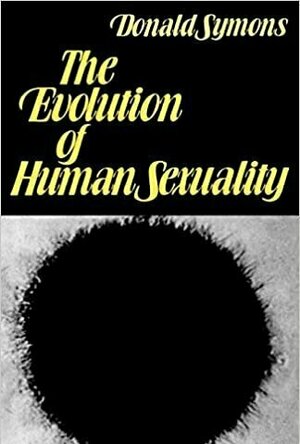The Evolution of Human Sexuality
BookThis item doesn’t have any media yet
1981 | Philosophy, Psychology & Social Sciences
Author Donald Symonds examines the differences between men and women in sexual behavior and attitudes, concluding that these differences are innate and that it is impossible to achieve identical sexualities in males and females. A central theme of this book is that, with respect to sexuality, there is a female human nature and a male human nature, and these natures are extraordinarily different, though the differences are to some extent masked by the compromises heterosexual relationships entail and by moral injunctions. Men and women differ in their sexual natures because throughout the immensely long hunting and gathering phase of human evolutionary history the sexual desires and dispositions that were adaptive for either sex were for the other tickets to reproductive oblivion. This book is organized as follows: Chapter One introduces basic evolutionary concepts, and Chapter Two considers the special difficulties in applying these concepts to human beings. Since evolutionary analyses of human sexuality traditionally emphasize changes that occurred in the female - the capacity for orgasm and the loss of estrus - Chapters Three and Four respectively deal with these matters. The basic components of sexual selection - intrasexual competition and sexual choice - are taken up in Chapters Five and Six. Chapter Seven, about the desire for sexual variety, emphasizes male sexuality, and Chapter Eight integrates much of the earlier material in arguing that among all peoples sexual intercourse is understood to be a service or favor that females render to males. In Chapter Nine, the hypothesis that male sexuality and female sexuality differ by nature is tested with two independent kinds of evidence. Chapter Ten recapitulates the book's major themes.
Related Items:
| Published by | Oxford University Press |
Images And Data Courtesy Of: Oxford University Press.
This content (including text, images, videos and other media) is published and used in accordance
with Fair Use.
